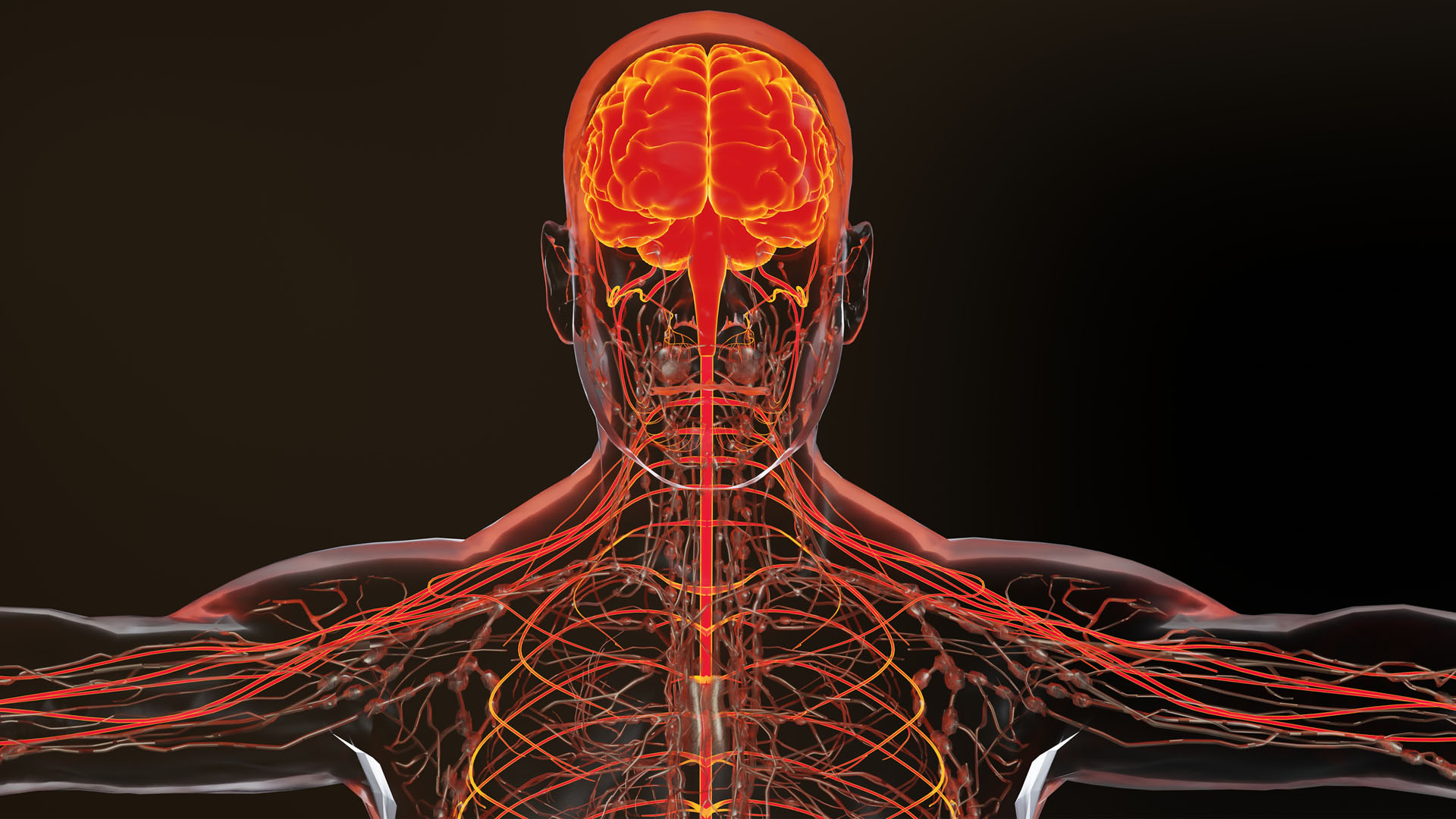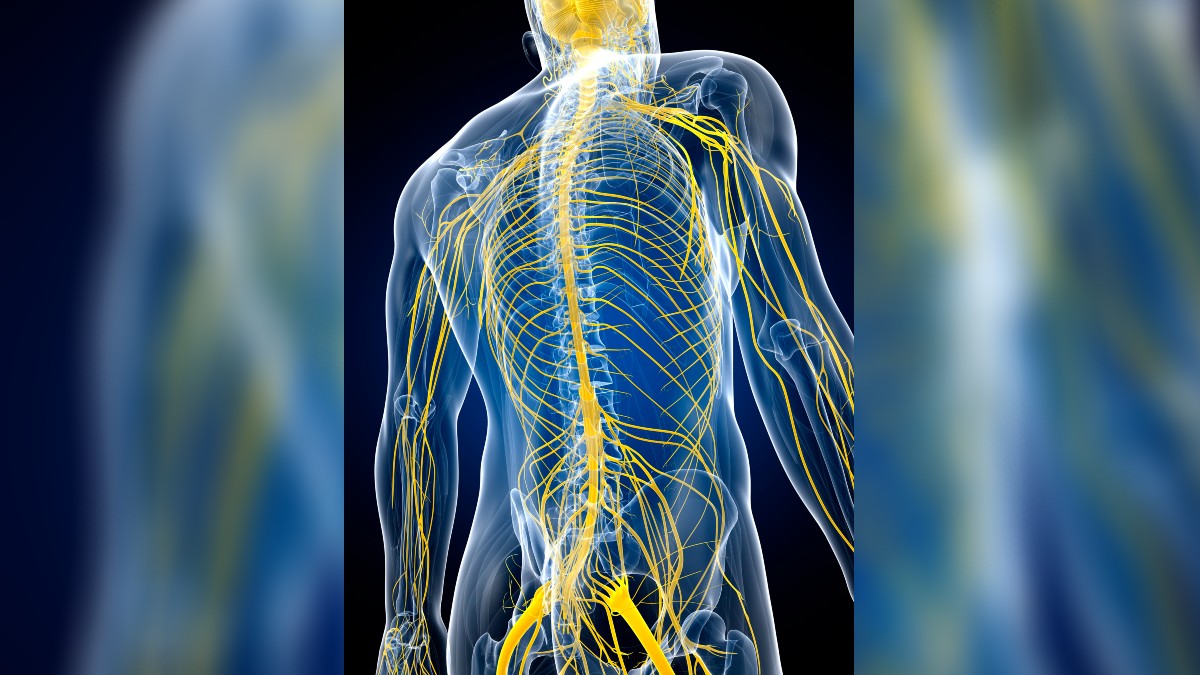Rest and digest: The parasympathetic nervous system
The parasympathetic nervous system is the housekeeping manager for the body.

When a person is at rest, meditating or reading a book, the parasympathetic nervous system is at work.
Also known as the "rest and digest" system, the parasympathetic nervous system is responsible for energy conservation and maintaining vital bodily functions, including digestion, urination and defecation, especially when the body is at rest. The "rest and digest" system helps the body maintain homeostasis, or a relatively stable internal state, by balancing out the activity of the sympathetic nervous system that triggers the "fight or flight" response.
"It can be thought of as the control mechanisms for the housekeeping, maintenance and sustainability operations of the body," said James Giordano, a professor of neurology and biochemistry at Pellegrino Center for Clinical Bioethics at Georgetown University Medical Center in Washington, D.C.
The parasympathetic nervous system is a division of the autonomic nervous system, which controls bodily functions that occur without conscious control, such as heart rate, respiration, digestion and blood pressure.
WHAT DOES THE PARASYMPATHETIC NERVOUS SYSTEM DO?
This system controls the body processes that occur at rest. It regulates the everyday functions of body systems under relatively stable conditions, Giordano told Live Science.
The parasympathetic nervous system performs its functions using the cranial and sacral nerves, according to the medical resource StatPearls.
Cranial nerves originate from the brain and innervate the eyes, salivary, tear and parotid glands, mucous membranes of the nasal cavity, and internal organs in the abdomen and thorax. Among the cranial nerves are the two vagus nerves. These are regarded as the main component of the parasympathetic nervous system because they carry 75% of the body's parasympathetic nerve fibers and have a hand in regulating mood, immune response, digestion and heart rate, according to a 2018 review in the Journal of Frontiers in Psychiatry.

The sacral nerves, specifically called the "pelvic splanchnic nerves" within the parasympathetic system, originate from the spinal cord and act on organs located in the pelvic region, such as the reproductive organs and bladder.
The parasympathetic nervous system has the following functions on the parts of the body it supplies:
Reproductive system: It increases blood flow to the penis to initiate an erection. It also stimulates arousal in other reproductive organs, including the vas deferens, seminal vesicles and prostate, as well as the swelling of the clitoris during sexual excitation.
Heart: It slows heart rate and decreases the strength of contraction.
Lungs: It constricts the bronchioles to lower respiratory rate and increases mucus production in the airways.
Eyes: It constricts the pupils and enhances vision, meaning close objects appear clearer. It’s also involved in the production of tears.
Blood vessels: It widens the blood vessels (known as vasodilation), increasing blood flow and decreasing blood pressure.
Salivary glands: It increases the secretion of potassium ions, water and amylase (a digestive enzyme).
Digestive system: It aids digestive motility (the movement of food and other content in the intestinal tract) and stimulates the secretion of bile and digestive enzymes.
Kidneys and bladder: It relaxes the urethral sphincters to enable urination.
HOW IS THE PARASYMPATHETIC NERVOUS SYSTEM ACTIVATED?
Dr. Gurneet Sawhney, a neurologist based in India, said that the parasympathetic nervous system is activated when the body experiences certain stimuli or situations that provide feelings of safety or relaxation. "This includes activities like deep breathing, gentle stretching, meditation, slow walking and listening to calming music," he told Live Science. Indeed, a study published in the journal PLOS ONE suggests that listening to music increased parasympathetic nervous system activity.
When stimulated by these activities, the vagus nerves carry sensory information from internal organs such as the gut, heart, liver and lungs to the brain, according to the Journal of Frontiers in Psychiatry review. Other cranial and spinal nerves also bring sensory information from the parts of the body they innervate to the brain, according to a 2007 review in the American Journal of Pharmaceutical Education. The brain then interprets the information and activates a response through the parasympathetic nervous system. Parts of the brain called the hypothalamus and brainstem are key players in coordinating this response.
On activation, the parasympathetic nervous system responds by secreting a chemical messenger known as acetylcholine from neurons of the cranial and sacral nerves. (Neurons are nerve cells that receive and send signals). Acetylcholine travels between the neurons and binds to receptors located in various parts of the body, where it initiates specific physiological processes, according to the medical resource StatPearls.
"A parasympathetic human is represented by someone who has a normal, basal level of heartbeat and respiration, with mildly constricted pupils, who salivates, digests and metabolizes food, who urinates and defecates, and can get sexually aroused," Giordano said.
Simply put, activation of the parasympathetic nervous system occurs through information exchange from the body to the brain, and from the brain back to the body, according to a 2016 article by the Institute for Quality and Efficiency in Health Care.
WHAT’S THE DIFFERENCE BETWEEN THE PARASYMPATHETIC AND SYMPATHETIC NERVOUS SYSTEM?
The autonomic nervous system comprises two subdivisions: The sympathetic and parasympathetic nervous systems. These have opposite functions. The sympathetic nervous system, or the "fight or flight" system, is activated when there's a threat and prepares the body to react. The parasympathetic nervous system dominates when the body is at rest.
Unlike the parasympathetic nervous system that supplies the body through cranial and sacral nerves, the nerves of the sympathetic nervous system originate from the thoracic and lumbar regions of the spinal cord, according to the medical resource StatPearls. They also differ in the chemical messengers they use: The parasympathetic nervous system uses only acetylcholine, while the sympathetic nervous system uses both acetylcholine and norepinephrine to transfer signals to receptors.

According to StatPearls, the parasympathetic nervous system is smaller than the sympathetic nervous system. It supplies only structures in the head, internal organs within the pelvis and the external genitals, unlike the sympathetic nervous system that runs through almost all tissues in the body — meaning its effects are more widespread while effects of the parasympathetic nervous system are more localized, according to the review in the American Journal of Pharmaceutical Education.
However, both systems complement each other, with the sympathetic nervous system functioning even in non-stressful situations. It works with the parasympathetic nervous system to widen the airways when a person breathes, for example, to enable adequate air inflow. Moreover, the American Journal of Pharmaceutical Education review notes that many tissues are supplied by both systems and continuously receive signals from both. This constant push and pull ensures a balance in the activity of the tissues at all times.
Sign up for the Live Science daily newsletter now
Get the world’s most fascinating discoveries delivered straight to your inbox.

Racheal Ede is a freelance health writer. Her work has been published by Forbes Health, Motherly, Singlecare and Business Insider, among others. She holds a Bachelor of Science degree in medical laboratory sciences from the University of Nigeria. She uses her domain knowledge of science and medicine to create content on different health and science topics.










